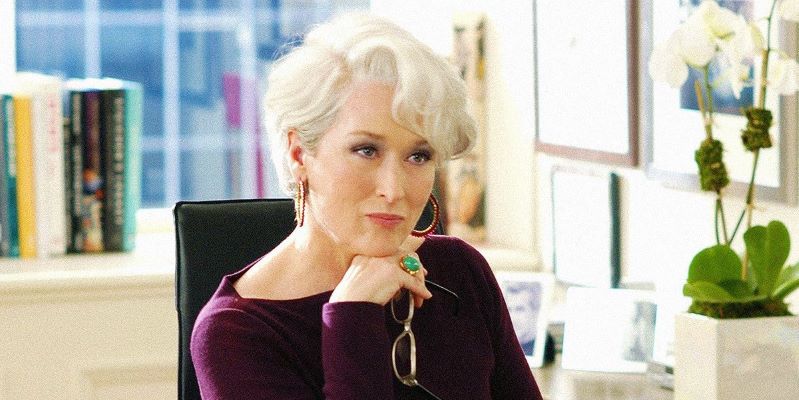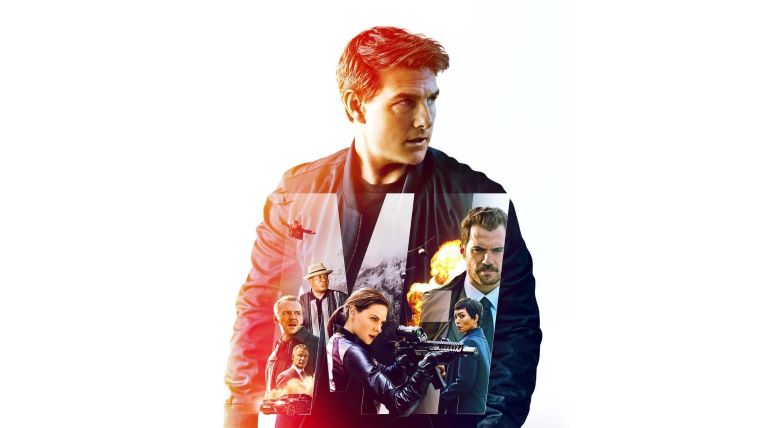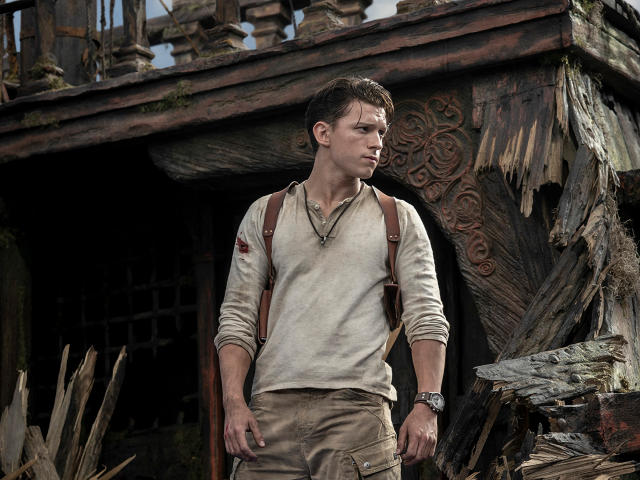Since its humble origins in the late 1800s, when most movies were brief documentaries that showed daily life, filmmaking has come a long way. The advancements that women have achieved in the field are even more impressive. Women were thought to make up the majority of moviegoers in the early days of Hollywood, but they were behind when making those films. The pioneers who overcame obstacles to share those stories are immortalized by their achievements and the legacy they left for the women who followed after them. However, women-led films produced from a woman’s perspective are crucial to our perception of all women.
Verna Fields “Mother Cutter”
When her father, Sam Hellman, followed his passion for screenwriting, the family relocated to Hollywood, and the Missouri-born Fields were first exposed to the film industry. She began her career as a sound editor before moving on to edit feature pictures in 1960. She later became a significant influence on several well-known directors, working on films that helped launch the careers of Steven Spielberg, Peter Bogdanovich, and George Lucas, among others.
But Fields was able to prevent this Great White from being phony by knowing when to cut away. Jaws was a perfect choice to become the movie that best captured her legacy. It was also the last movie Fields cut, and it not only gave Fields her one Oscar (see below). She later rose through the studio ranks to become Universal’s vice president of movie production.
For her patient guidance and sympathetic support during the demanding business of filming and post-production, Fields is warmly remembered by many filmmakers. Spielberg, for his part, gives Fields, who was lovingly known as “Mother Cutter,” credit for the flawless restraint with which he used the monster from his film. The young director kept pushing for shots to linger because he was keen to capture the robotic shark, Bruce.
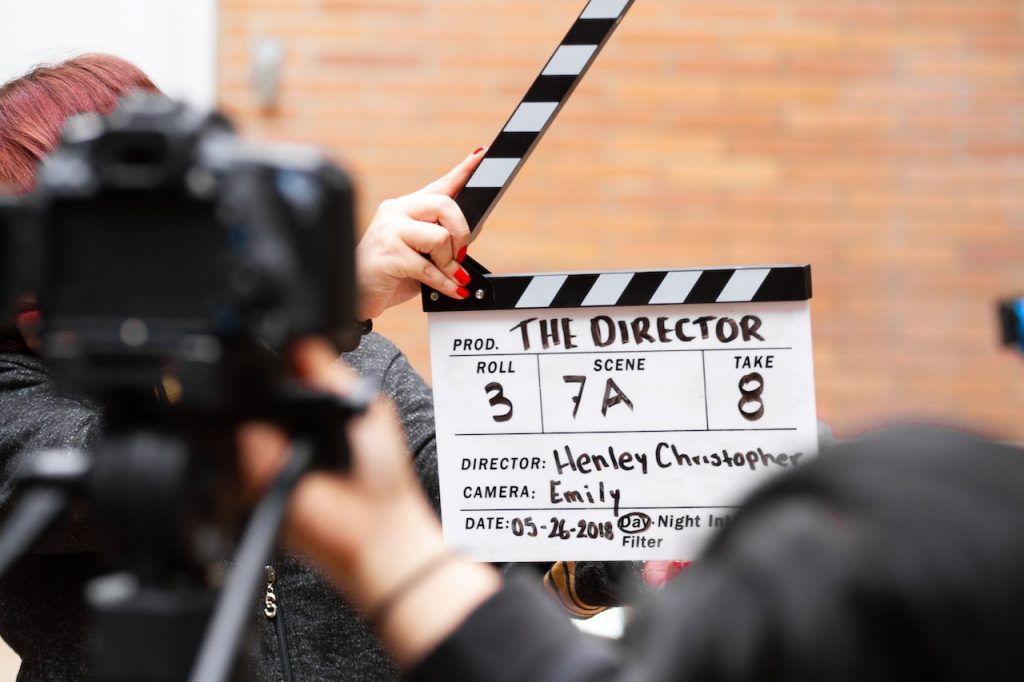
Alma Reville “Lady Hitchcock”
You are aware of Alfred Hitchcock. His silhouette itself has become recognizable. Few people know how much his wife influenced his work and persona. Reville got her start in the industry by serving tea to the studio elite of the English film industry. However, this devoted and perceptive movie buff rose to become a director’s assistant, screenwriter, and editor during the 1920s and 1930s. She met Hitchcock while working, and he recruited her to cut Woman to Woman in 1923. She initially rejected the job offer because she thought the pay was “inadequate,” but Hitchcock returned with a higher bid, which she accepted. Later, the couple got married and traveled to Hollywood, where they worked on the films that would make him famous.
Thelma Schoonmaker “Scorsese’s Not-So-Secret Weapon”
The Wolf of Wall Street, Raging Bull, Goodfellas, Cape Fear, and The Departed are just a handful of the dramas with a strong male lead that this soft-spoken woman has worked on cutting. Her accuracy has earned her seven Oscar nominations and three victories. She continues to perform the most basic editing tasks, such as cataloging and screening each take. Leonardo DiCaprio, Juliette Lewis, and many others have praised her final cuts. The most significant aspect of all this is that her work has affected and inspired countless filmmakers, editors, and creatives.
Meryl Streep
Meryl Streep has been dubbed the best actor of her time, 8 Golden Globes for her legendary roles in movies like “Silkwood,” “The Devil Wears Prada,” “Doubt,” and many more She also won three Academy Awards (out of a record twenty-one nominations).
Whitney Houston
Whitney Houston had one of the most recognizable voices of all time. Her effect on subsequent vocalist generations can be heard in performers like Ariana Grande, Beyonce, and Jennifer Hudson. Years after her passing, Whitney Houston’s recently released cover of Steve Winwood’s “Higher Love,” which DJ Kygo coupled with an absurdly infectious backbeat, is still at the top of the charts. She also crossed over and was a star on screen in such movies as “Bodyguard”
Alice Guy “The world’s first female director.”
One of the earliest narrative movies ever made, La Fée aux Choux (The Cabbage Fairy), was directed by her in 1896. She would direct for the Gaumont Film Company, the first of 750 movies. She was among the first to use innovative methods, including double exposure, the split screen, and sound-tied film. Additionally, she is credited with developing the close-up. Additionally, she founded Solax, the largest pre-Hollywood studio in America, after relocating to New York.
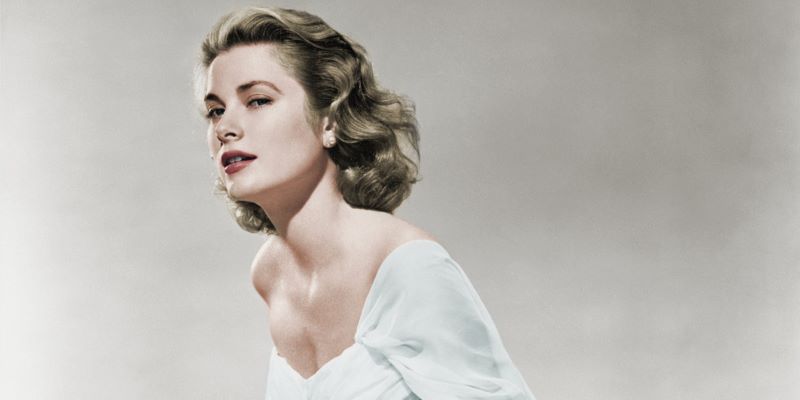
Grace Kelly
Actress Grace Kelly captured the interest of Americans when she wed Prince Rainier III in 1956 and became the Princess of Monaco. Before that, though, Kelly appeared in the Hitchcock classics “To Catch a Thief” and “Dial M for Murder,” in which she horrified numerous viewers, and she earned an Academy Award for “The Country Girl,” in which she co-starred with Bing Crosby (https://editorial.rottentomatoes.com/article/fearless-women-movie-heroes-who-inspire-us/).
